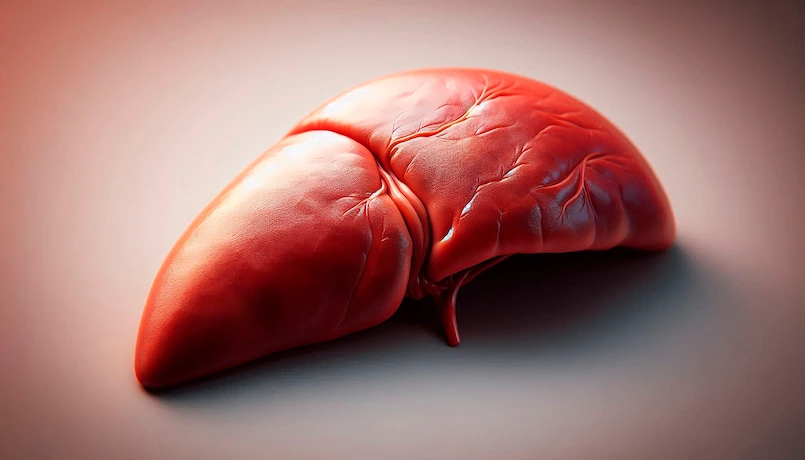DIPS (Direct Intrahepatic Portosystemic Shunt)
A Comprehensive Overview of Procedure, Indications, and Outcomes

What is DIPS?
The Direct Intrahepatic Portosystemic Shunt (DIPS) is a minimally invasive procedure designed to treat complications of portal hypertension. It involves creating a direct connection between the portal vein and a systemic vein, such as the inferior vena cava, bypassing the liver to reduce high pressure in the portal vein system. DIPS is particularly useful in patients with advanced liver disease or when other shunting procedures are not feasible.
Key Features of DIPS
- Minimally invasive, reducing the need for open surgery
- Effective in managing complications such as variceal bleeding and refractory ascites
- Uses imaging guidance (ultrasound and fluoroscopy) for precision
- Can be an alternative to traditional TIPS (Transjugular Intrahepatic Portosystemic Shunt)
When is DIPS Indicated?
DIPS is performed in patients who experience complications of portal hypertension, including:
- Recurrent variceal bleeding that is not controlled with endoscopic treatments
- Refractory ascites despite optimal medical therapy
- Hepatorenal syndrome in specific cases
- Severe hepatic hydrothorax
- Portal vein thrombosis where TIPS is not feasible
Why is Portal Hypertension a Concern?
Portal hypertension, a major indication for DIPS, arises from conditions such as:
- Cirrhosis: Scarring of the liver leads to increased resistance to blood flow.
- Portal Vein Thrombosis: Blockage in the portal vein disrupts normal blood flow.
- Schistosomiasis: A parasitic infection that can cause liver fibrosis and high portal pressure.
- Budd-Chiari Syndrome: Blockage of hepatic veins leading to increased liver pressure.
How is DIPS Performed?
The DIPS procedure involves creating a direct connection between the portal vein and the inferior vena cava under imaging guidance:
- Access: A catheter is inserted into a vein, typically through the jugular vein, and advanced to the liver.
- Shunt Creation: A needle is used to create a channel between the portal vein and the inferior vena cava.
- Stent Placement: A stent is inserted to keep the connection open and ensure smooth blood flow.
Expected Outcomes
Patients undergoing DIPS can experience several benefits, including:
- Reduction in portal pressure, alleviating symptoms such as ascites and variceal bleeding
- Improved quality of life due to symptom relief
- Shorter recovery times compared to traditional open surgeries
- Minimally invasive nature reduces risks of major complications
What to Expect as a Patient
DIPS is typically well-tolerated, but patients should be aware of the following:
- Minimal discomfort during the procedure, as it is performed under local anesthesia
- Post-procedure monitoring to ensure the shunt remains patent
- Potential need for anticoagulation therapy to prevent shunt blockage
- Follow-up imaging to monitor the effectiveness of the shunt
Recovery is typically quick, with most patients resuming normal activities within a few days.